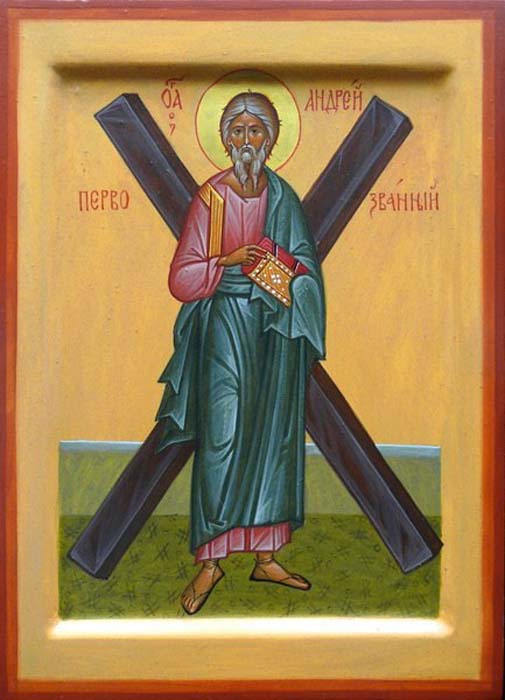
The nominal icon is an icon with the image of a saint, after whom the believer received a name at baptism.
The tradition of giving a baby a baptismal name in honor of the saint exists in Orthodoxy since ancient times. Holy, in whose honor the believer received a name at baptism, it is customary to call the heavenly patron or the name-bearing saint, and the day when his memory is made, it is customary to call the name-day.
True, sometimes it happens that parents call the child a name that is not in the saints - a list of saints on the days of their commemoration. In this case, at the time of baptism, a child may receive a name different from that given to him by his parents. There is nothing terrible in this case, in this case, a person usually uses the name given to him by his parents and registered in the birth certificate, but when performing church rituals, he should name the name received at the baptism.
Therefore, in order to correctly choose personal icons , it is important to know exactly what name a person received at baptism, and who exactly is his heavenly patron. Usually it can be clarified in the certificate of baptism.
Unlike the dimensional icon , the nominal icon has no iconographic limitations. On such an icon is allowed the image of a saint in various variants: full-length, a belt image or just a face. Also on the icon can be depicted the main scenes from the life of the saint.
It is important to remember that the heavenly patron is not an angel guardian and should not be confused. The heavenly patron is a man glorified in the face of saints for his virtuous life and faith in God, which should become a model and farewell in life for the person receiving baptism, and therefore studying the life of the holy saint and his prayerful veneration can bear considerable fruit for spiritual life.




